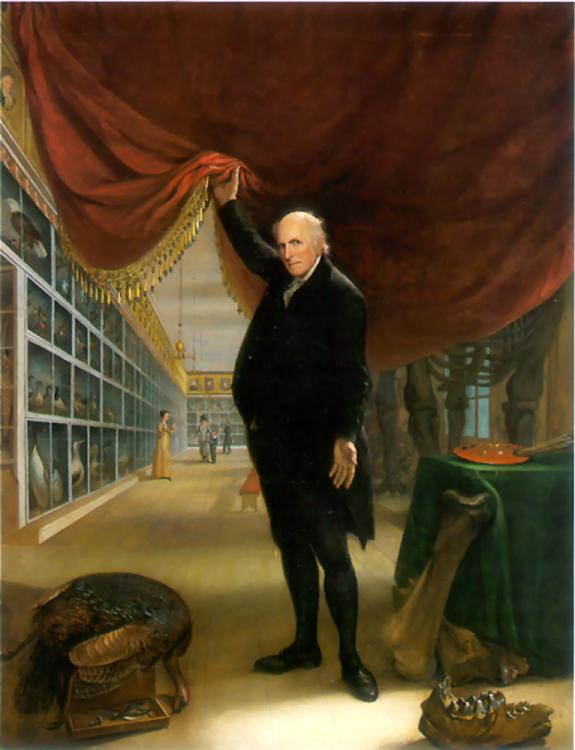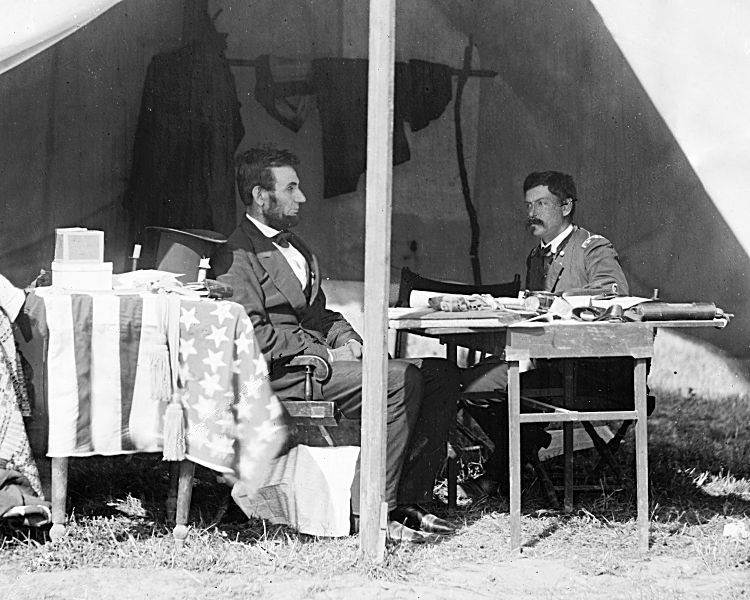You know that old thought experiment about the ship Theseus used to sail back to Athens from Crete? The story goes that the Athenians kept the ship as a relic, and as the original planks rotted they replaced them with new ones. This being Athens, it became the subject of a philosophical debate. If the ship kept deteriorating to the point that all the planks had to be replaced and none of the original wood was left, was it still the ship of Theseus?
For museum professionals, this question becomes practical. One of the things that draws people to history museums and historic sites is authenticity. Visitors want to have a firsthand, genuine encounter with the past. You’d think this would be a pretty straightforward matter. Either an object on display is real or a replica. Either something is the original or it isn’t.
But sometimes it gets complicated. An object might have undergone so much restoration and replacement over the years that you run into the same question as the Athenians. Is it really the room Washington slept in when the whole building has been gutted, restored, and stocked with reproduction furniture? Is it Billy the Kid’s original gun if the cylinder, grips, and trigger have been replaced?
And even when the materials or components are all original, the question of whether the object itself an original can be difficult to answer.
Take Bruce, for example. He’s the Jaws shark that just took up quarters above the escalator in the Academy Museum of Motion Pictures, and the only surviving model cast from the original molds used to make the sharks in the movie.
The provenance is as solid as it gets. It’s undeniably an authentic object.
But it’s not from the film’s production. All three of the sharks that appeared in the movie had deteriorated by the time Universal Studios realized they had a hit on their hands. After the film’s release, they used the molds to cast a more durable shark in fiberglass and set it up as a photo op for studio visitors. This fourth Bruce is the one at the Academy Museum. After his tour of duty at Universal ended, he ended up in a junkyard for twenty-five years before getting trucked to the museum and hoisted up over the escalator.
The fiberglass Bruce never appeared in the movie, and played no role in the production; indeed, it didn’t even exist when the movie was made. But since it’s cast from the original molds and all the screen-used props are gone, it’s as close as you’re going to get. And it does date from that initial rush of Jaws mania following the movie’s release.
As a piece of memorabilia and an artifact of the history of cinema, it’s certainly significant and worthy of preservation. Is it an “original” Jaws shark? Is it really Bruce? Depends on how you approach the question.
And these are the sorts of questions that interpreters at history museums and historic sites face all the time. Authenticity isn’t always as simple as documentation and provenance. Sometimes it boils down to the very meanings we associate with the word “authentic.”

























